The following article contains affiliate links. Please assume, that if there is a link, I am an affiliate. That means, if you purchase a product through one of the links, I make a commission at no additional cost to you. I appreciate it each time you click on or make a purchase from one of my links. Rest assured, only superior products are suggested. Ones that I truly feel confident about. Thank you for your support.
Chemotherapy-Induced Peripheral Neuropathy
Hi Annie, do you have any product or information about Neuropathy? My hands and feet hurt because of chemotherapy treatments for ovarian cancer. The doctor prescribed Duloxetine for the pain and neuropathy, but it only helps a little. Can you help?
Thank you for reaching out. An astounding 68% of those that receive chemotherapy treatments come away with peripheral neuropathy (painful nerve damage to the feet and hands) as a side effect. The medical industry sees the condition as a necessary, incurable side effect, of saving lives. Natural therapies can help.
First, let’s take a look at what Chemotherapy-Induced Peripheral Neuropathy (CIPN) is and how it can manifest. Then we can explore natural options to help control and or heal this uncomfortable condition.
Table of Contents
About Chemotherapy-Induced Peripheral Neuropathy (CIPN)
CIPN is nerve damage that has occurred because of chemical cancer treatment or chemotherapy. Although neuropathy is most frequently caused by chemotherapy, it can also be caused by radiation, surgery and noncancer-related toxic overload.
What causes the Neuropathy?
The chemicals or treatments used to kill cancerous cells and promote natural cell death (called apoptosis), also affects normal cells. Our nerve cells and nervous system are a natural bridge between levels of the physical and mental body. In this way it makes sense that nerve tissues are some of the first to be damaged. Here’s how:
- DNA Damage – DNA is the blueprint of each cell. When the blueprint is damaged, it is difficult for nerves to regenerate, repair and grow.
- Changes to the mitochondria of nerve cells – the mitochondria are structures inside the cell that act as its digestive system. Through the mitochondria, cells take in nutrients, break them down and create energy, a process known as cellular respiration.
- Increases cellular oxidative stress – this means that each cell breaks down faster, which is a good thing with cancer cells. It is not so great for the healthy cells.
- Damage occurs in the way the cells communicate and receive signals.
- Cellular inflammation
All of this means that after chemotherapy (or some other causes), nerve cells, especially those in the hands and feet, have difficulty reproducing normally. These cells also have trouble communicating with each other and with other cells and with the body as a whole. They (the nerve cells) have difficulty taking in nutrients, creating energy and tend to break down or become damaged more easily. The result is cellular inflammation and pain.
Symptoms of Chemotherapy-Induced Peripheral Neuropathy
Symptoms of CIPN usually begin a few weeks to a few months after chemotherapy. Symptoms seem to be proportionate to the type and extent of chemotherapy treatments. That means the more chemicals used over time, the worse the symptoms may be. Certain types of drugs also seem to make a person more susceptible to more difficult CIPN symptoms.
Although this condition usually effects the hands and feet (or fingers and toes), CIPN can affect any nerves in the body. As with all things, the way someone experiences CIPN is individual. Some people’s symptoms worsen over time. Some folks have terrible symptoms followed by a period of “coasting” or lessening of symptoms, only to have them reappear, sometimes with a vengeance. Some people have symptoms that come and go. Others have increasingly difficult and disturbing symptoms as time goes by. Others recover. Some have more of the symptoms, some less. Everything is always individual.
As we go through the symptoms, look at what is true for you. What symptoms do you experience? When are they better? Worse? Think of internal and external experiences and environmental changes. Are your symptoms worse when it is hot or cold? When you first wake up? In bed or when sleeping? Are they better or worse when relaxed or stressed? Angry? You get the idea.
Make a list. Start where you are and as you work forward, allow your list to change. Remember, what you are feeling is real even if it does not look like what it looks like for someone else. In fact, your symptoms and experiences will never be exactly like anyone else’s.
Symptoms
Symptoms usually start with the fingers and toes and then progress upward and inward. Symptoms of Chemotherapy-Induced Peripheral Neuropathy may include:
- Feelings of pain and numbness, especially to the extremities
- Feelings of tingling or pins and needles
- Pain, burning and numbness
- Difficulty with fine motor skills (like trouble writing or picking things up)
- Muscle weakness
- Decreased sensation especially in arms and legs. For example, the legs feel like jelly.
- Increased sensitivity to touch, temperature, and pressure
Natural therapies, where do we start?
The medical community simply states that CIPN is incurable and is best managed with drugs and some other therapies. The drugs used are very strong and have some powerful side effects, sometimes creating seemingly unrelated symptoms on both the physical and mental/emotional body. We can do better.
However, the path to natural solutions for CIPN is likely to be more personally engaging than the pharmaceutical route. There is no magic pill. All suggested paths are likely to be multi-level, including herbs, nutritional supplementation, physical movement (like yoga therapy or exercise) and lifestyle changes.
Goals of Natural Solutions
When working with CIPN, we want to:
- Decrease pain and discomfort
- Decrease cellular inflammation
- Rejuvenate or regenerate nerve tissue and nerve cells
- Increase respiration and the flow of nutrients to nerve cells
Decrease Pain, Discomfort and Cellular Inflammation associated with Chemotherapy-Induced Peripheral Neuropathy
Several herbs can help relieve nerve pain. First, we will talk about those used externally with a few exceptions. My feeling is that most people suffering from CIPN are probably taking several prescription medications. A lot of the prescription medications given for cancer therapy, pain, depression, anxiety, and peripheral edema have significant side effects and potential herbal interactions. If that’s you, I recommend talking to a qualified herbalist before taking herbs internally. They (the herbalist) will be able to tell you which herbs are appropriate for you and will help you work through your individual needs.
Some of my favorite herbs to help relieve nerve pain externally include Cayenne (Capsicum annum), Kava Kava (Piper methysticum), St John’s Wort (Hypericum perforatum), CBD (Cannabis sativa), and Black Cumin, also called Black Seed Oil (Nigella sativa).
Cayenne (Capsicum annum)
Cayenne applied externally helps relieve nerve pain. I’m not making a claim, only stating from my experience. I don’t know how many times I have recommended Cayenne. Not once have I been disappointed. This herb is not always the only answer, but it’s almost always a good start.
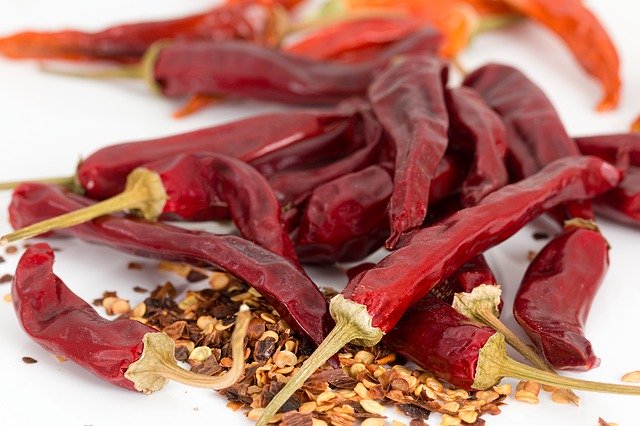
Put about 1 teaspoon of powdered cayenne into 8 to 12 oz of your favorite lotion (more or less cayenne based on your needs and personal preference.) Then apply it to your feet and hands or anywhere your experiencing pain. This is a quick, easy and inexpensive answer. Many people already have it in the spice cupboard. As I said, it’s not always the answer, but is almost always a good start. Just wash your hands before touching your face, eyes or sensitive areas
St John’s Wort (Hypericum perforatum)
St. John’s Wort is a longer lasting solution, a trophorestorative for the nervous system, it helps restore, nourish, and heal nerve cells and the nervous system. The oil applied externally helps reduce or alleviate nerve pain or all kinds. I like to add Cayenne powder to the dark red oil of St. John’s Wort, then apply it to painful areas in a smooth stroking motion that helps open energy channels.
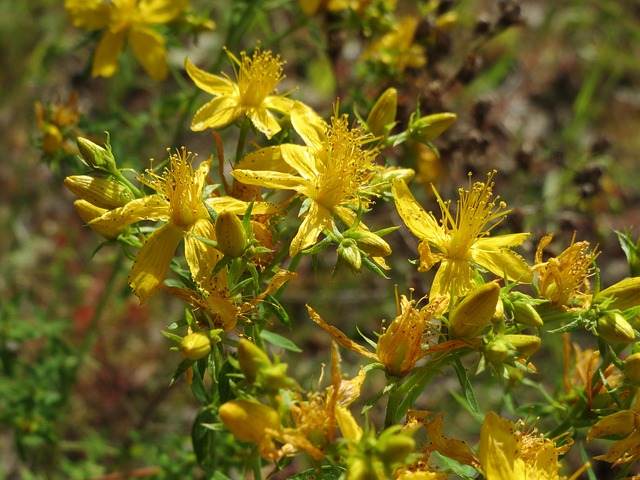
A bit of warning about using St. John’s Wort internally. This herb is the poster child for herbal/drug interactions. If you are taking prescription medications, contact your doctor or a qualified herbalist to see if this herb is safe for internal use.
When purchasing St. John’s Wort in any form, look for a deep red color, indicating the highest level of healing constituents.
Black Cumin/Black Seed Oil (Nigella sativa)
Numerous studies have shown that the N. sativa seed is beneficial to nervous system disorders including neurotoxicity, which is probably the main cause for CIPE. Further studies have shown that this herb, especially the fatty oil, reduces cellular inflammation, helps reduce or block pain stimulus, and protects against cellular oxidation. One study showed a significant reduction of neuropathic pain when the oil was applied externally.
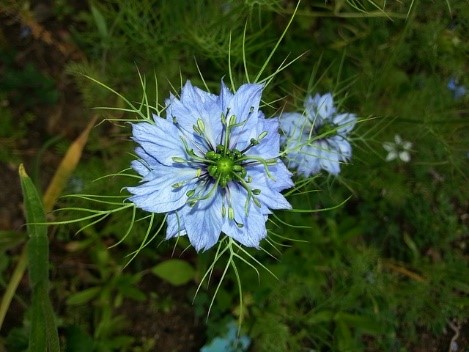
This nifty herb has no reported side effects. It has broad reaching therapeutic indications for those suffering with or recovering from cancer. The therapeutic actions of Black Cumin include being antibacterial, antifungal, antihistaminic, antihypertensive, anti-inflammatory, antinociceptive (helps the sensory neurons block the detection of painful or injurious stimulus), diuretic, hepatoprotective (protects the liver), hypoglycemic (balances blood sugar), immune-potentiating, wound-healing, and as a respiratory-stimulant. Pretty darned cool!
Herbs that repair and restore nerve cells and the nervous system.
Nervine tonics are herbs that help rebuild nervous tissue and the nervous system in general. Although they are often employed to relieve pain and discomfort, their true gift is that they help rebuild nerve tissue, something that is very important in Chemotherapy-Induced Peripheral Neuropathy. Another benefit is that these herbs provide emotional support, and this is a good reminder that we are all parts of our system. Our emotions, such as anxiety, depression and stress begin in the body. The word stress can be applied in terms of both emotional and biological functioning. In fact, they are connected.
Some of my favorite herbs to help stabilize, support, and heal nerve tissue include Ashwagandha, Milky Oats, Gotu Kola and Black Cumin.
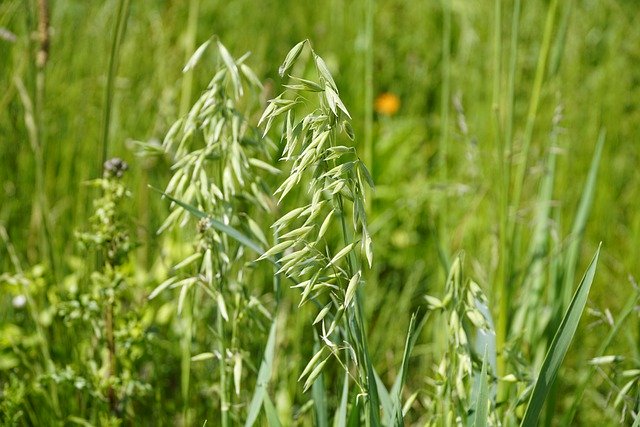
Milky/Wild Oats (Avena Sativa)
Milky Oats takes the nervous response down a notch. Oats are soothing, cooling, and nourishing, like a healing balm that restores mind, body and spirit. The herb, harvested when the grain is in its milky stage, helps rebuild and support all parts of the nervous system, including our feelings and responses.
Gotu Kola (Centella asiatica)
Gotu Kola is one of my favorite adaptogenic herbs. Adaptogens help the body and mind deal with stress. CIPN, as with any long-term condition that involves pain, creates a good deal of stress. Gotu Kola is deeply healing, nourishing, and rejuvenating as it works to fortify the nervous system. Gotu Kola may help remove built up toxins, feed the cells and reduce inflammation. I like to add it to my tea to help relax the mind and body and to promote restful sleep.
Ashwagandha (Withania sumnifera)
A full system rejuvenation herb, Ashwagandha helps on multiple levels, including supporting nerve tissue. First and foremost, Ashwagandha vitalizes the system, bringing energy to the whole and helping to restore proper functioning. Although its effects are felt system wide, Ashwagandha can narrow its focus helping stabilize the reproductive process that supports proper cell formation. I’m not talking about sexual reproduction, although those are supported too. It goes deeper to cellular reproduction or replication. In CIPN, nerve cells are not reproducing properly. Ashwagandha may be able to help with the replication process especially when there is debility and wasting types of conditions, like CIPN.
Yoga Therapy and Chemotherapy-Induced Peripheral Neuropathy
In a recent study by the American Association for Cancer Research, Yoga and Yoga Therapy showed promising results for improving neuropathy-related pain and quality of life. However, properly applied yoga techniques and yoga therapy does more than reduce pain. A personalized yoga therapy practice helps expand the life force, not only to nerve cells but to the entire body and mind. As a result, yoga therapy has the potential to help reduce the risk of falling, bring more restful sleep, decrease anxiety and or depression, reduce other seemingly unrelated aches and pains, and help bring an overall feeling of wellbeing.
The idea is that with simple breathing exercises, relaxation techniques and slow movements (called asana), prana (the life force energy) expands into depleted areas. With increased life force comes vitalization, rejuvenation, healing, and increased wellbeing.
Check with the International Association for Yoga Therapists to find a qualified teacher near you.

Diet and Supplementation
Renowned herbalist and nutritionist, Donald Yance, suggests the following supplements to address CIPN. Donald Yance is one of the most foremost experts on natural therapies, herbalism and nutrition for the treatment and recovery of cancer.
The Following is from his book, “Herbal Medicine and Healing Cancer” page 305.
Nutritional Supplements | Suggested Daily Dosage |
Lipoic acid | 200 – 600 mg |
Fat Soluble Vitamin B1 | 50 – 200 mg |
Coenzyme B6 | 50 – 200 mg |
Liquid vitamin B12 and folic acid | 2 – 4 mg each taken under the tongue |
Vitamin B complex (or multi vitamin with each or the Bs | 20 – 50 mg |
PCO phytosome (Grapeseed or pyncogenol) | 200 – 400 mg |
Recipes
Yummy Nerve Tonic Tea
- 1-part Wild Oats (Avena sativa)
- 1-part Gotu Kola (Centella asiatica)
- ½ part Cleavers (Galium aparine)
- ¼ part Rose Petals (Rosa spp.)
- ¼ part Ginger Root (Zingiber officinale)
Mix all herbs together. Make a long-steeped infusion of 20 min or more.
Rejuvenating Liquid Extract
- 1-part Wild Oats
- 1-part Aashwagandha
- 1-part Gotu Kota
- 1-part Cleavers
- ¼ part Ginger Root
If you’re taking prescription medication, you’ll want to make sure there is no potential herbal drug interactions. Here is a good link for your convenience. When in doubt, consult with your doctor or a qualified herbalist.
Other natural therapies you might consider
Other natural therapies that might offer relief and possible healing from CIPN are Acupuncture and massage therapy. I personally don’t know much about either of these therapies other than that they work. Totally worth a try in my opinion.
Product Suggestions
Herbal remedies work best when personalized. Annie Jones, clinical herbalist and yoga therapist is happy to assess your personal needs and help you develop an individualized healing plan.
Contact Annie to find our more about scheduling a consultation or ordering a specialized formula.
Further Reading
I hope this was helpful for you. If you have any questions, please give me a call and shoot me a message, and I will do my best to answer any questions you may have.
Thank you
Blessings
Annie
References
https://www.ncbi.nlm.nih.gov/pmc/articles/PMC5960749/
https://www.ncbi.nlm.nih.gov/pmc/articles/PMC6471666/
https://jamanetwork.com/journals/jamaoncology/fullarticle/2726030
http://www.biology4kids.com/files/cell_mito.htmlhttps://www.hindawi.com/journals/jt/2015/841823/
Disclaimer
The statements and ideas presented here are not intended to diagnose, treat, cure, or prevent any disease or condition. They have not been evaluated by the FDA. All ideas presented are for the sole purpose of education. To help you take control of your own health. If you have a health concern or condition, consult a physician. We suggest that you always consult a medical doctor before modifying your diet, using any new product, drug, supplement, or doing any new exercises.
These statements and products have not been evaluated by the FDA. They are not intended to diagnose, treat, cure, or prevent any disease or condition. If you have a health concern or condition, consult a physician. Always consult a medical doctor before modifying your diet, using any new product, drug, supplement, or doing any new exercises.
Herbs taken for health purposes should be treated with the same care as medicine. Herbal remedies are no substitute for a healthy diet and lifestyle. If you are serious about good health, you’ll want to combine diet, exercise, herbals, a good relationship with your doctor and a generally healthy lifestyle. No one of these will do it alone.
This information is designed to be used as part of a complete health plan. No products are intended to replace your doctor’s care, or to supersede any of his/her advice or prescriptions.


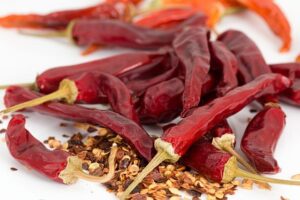

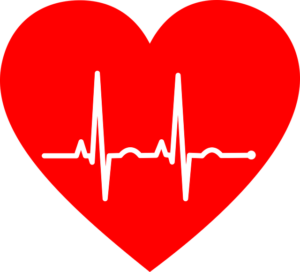
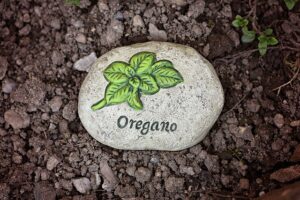

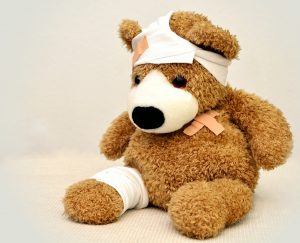
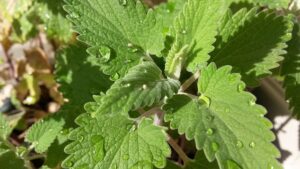

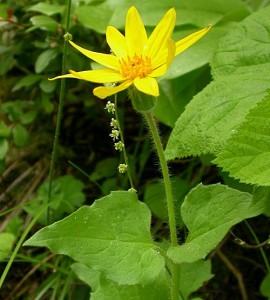
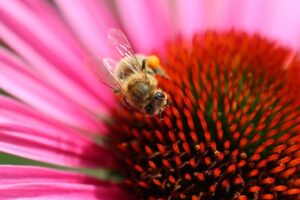

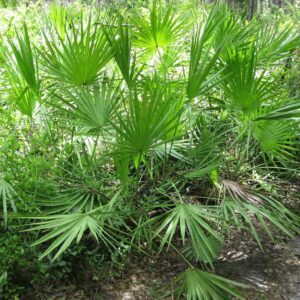



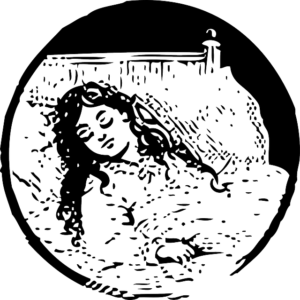




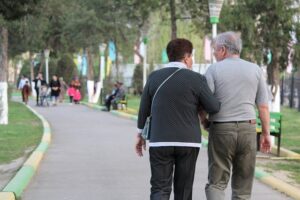
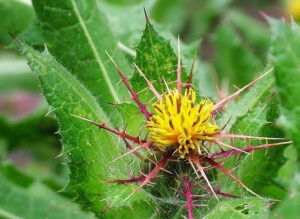
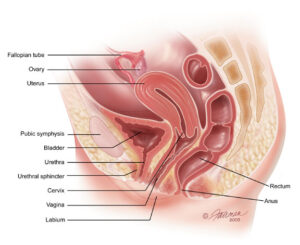

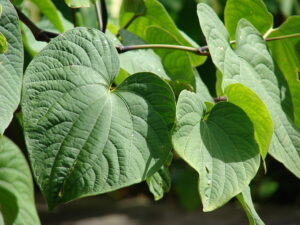

I believe this is among the most significant information for me. Kayley Derrek Aekerly
Awesome write-up. I am a regular visitor of your blog and appreciate you taking the time to maintain the excellent site. I will be a frequent visitor for a long time. Babette Pepillo Oralee
Thank you for your kind words. I’m glad the blog is helpful.
I?m impressed, I should claim. Truly hardly ever do I run into a blog that?s both informative as well as enjoyable, as well as let me inform you, you have hit the nail on the head. Your suggestion is superior; the issue is something that not enough individuals are speaking wisely around. I am really pleased that I came across this in my search for something associating with this. Kassi Cam Gratt
Thank you for your kind words, so glad you like it and found it useful
I was extremely pleased to uncover this website. I need to to thank you for ones time for this wonderful read!! I definitely really liked every part of it and i also have you book marked to check out new stuff on your website. Raychel Pen Hodosh